How to use aplunge-cutting router cutter |
||||
 |
||||
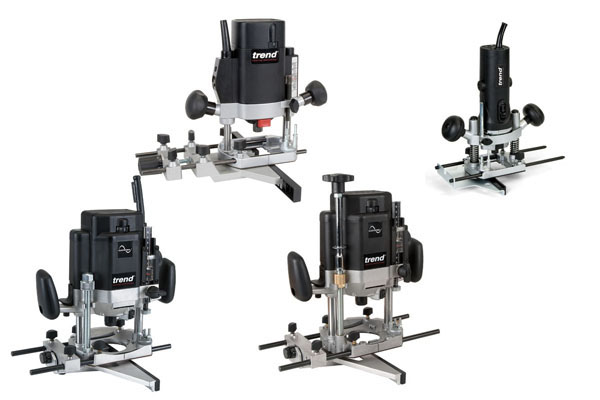 |
Plunge cutting is cutting into the surface of a material from above. Plunge-cutting should only be done with a plunge router and a plunge-cutting router bit, that is a router cutter that has a bottom cut facility.
All routers from Wonkee Donkee Trend are plunge routers. |
|||
Before you begin |
||||
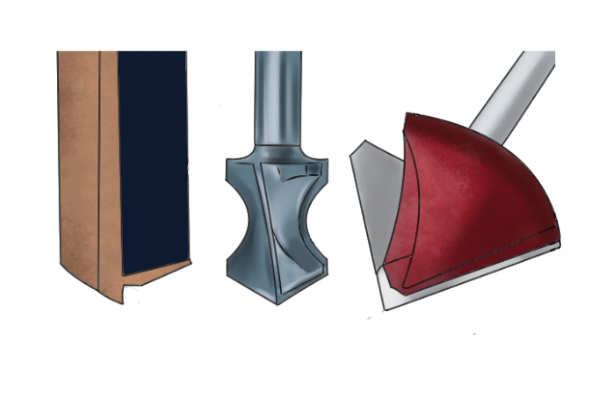 |
Make sure you have the right type of router cutterEnsure your router cutter is designed for plunge-cutting, otherwise, the tip will simply spin against the surface of the material, potentially burning it. Plunge cutting router bits might be labelled as bits with a bottom cut function, their cutting edges extend across the bottom of the cutter. |
|||
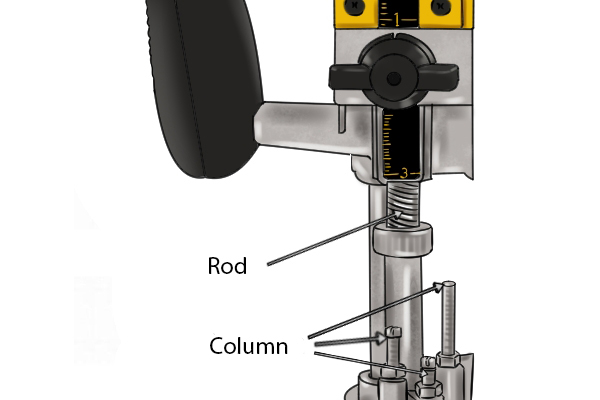 |
Set the height of your router cutterIf you want to plunge-cut to a certain depth, you will need to set the depth on your router before working. How you do this will vary between brands, but most use a form of depth stop (usually a rod and column) which can be adjusted to the height you require. Using a depth stop limits how deeply into material the bit can be lowered. For convenience, Trend routers have a three turret depth stop that allows you to set three separate heights for plunge cutting that can easily be adjusted as you work. |
|||
 |
||||
Plunge-cutting |
||||
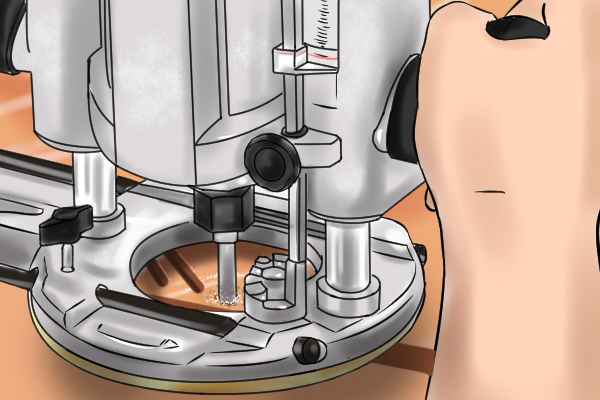 |
Step 1 - Turn on routerTurn on the router and lower the cutter down onto the work surface. |
|||
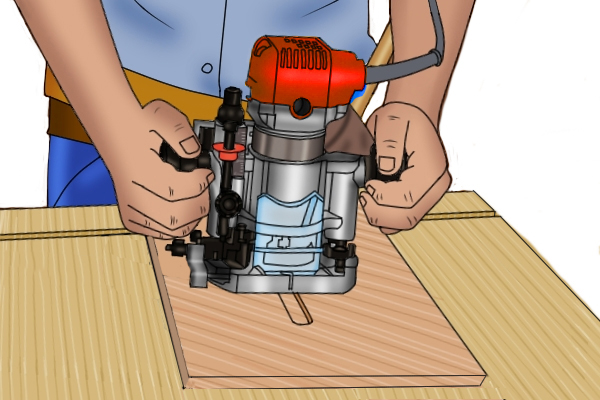 |
Step 2 - Move routerOnce the cutter has cut through the surface, you can move the router along to create your desired cut. |
|||
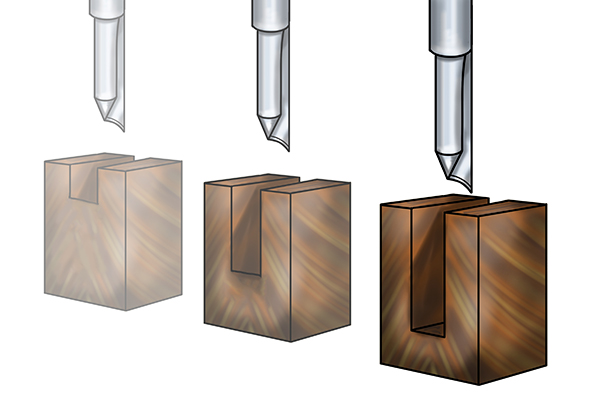 |
Make deeper cuts progressivelyPlunging deeper than several millimetres in depth should not be done in one go. Instead, you should break up the process by making a series of shallow cuts that get progressively deeper.
Progressive cutting means that less strain is placed on the cutting edges of your router cutter, and on the router’s motor itself, helping to ensure they both last longer. |
|||
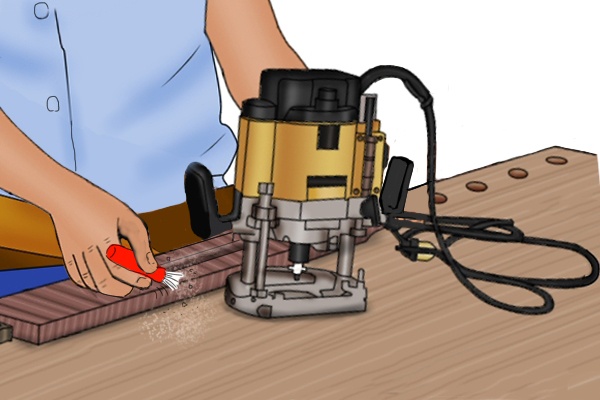 |
Take regular breaksEvery so often you should bring the router cutter back up out of the cut and turn off the router.
This allows the motor and router cutter to cool down, as well as allowing you time to clear the cut of any debris. |
|||
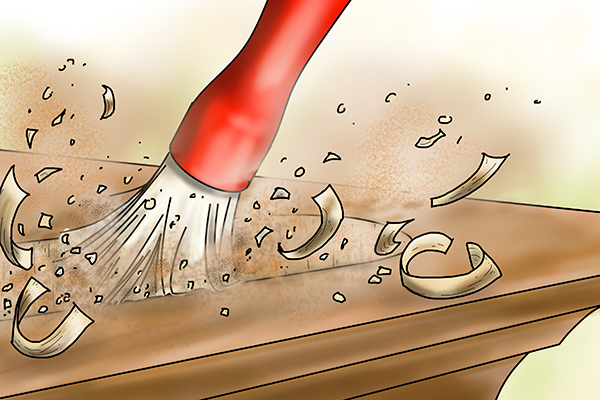 |
When the router cutter has stopped spinning completely, blow against it to remove any chippings or sawdust.
You should also clear any waste material from the cut to prevent it from becoming clogged. This is very common when plunge-cutting. Using an appropriate dust extractor is also recommended. |
|||







